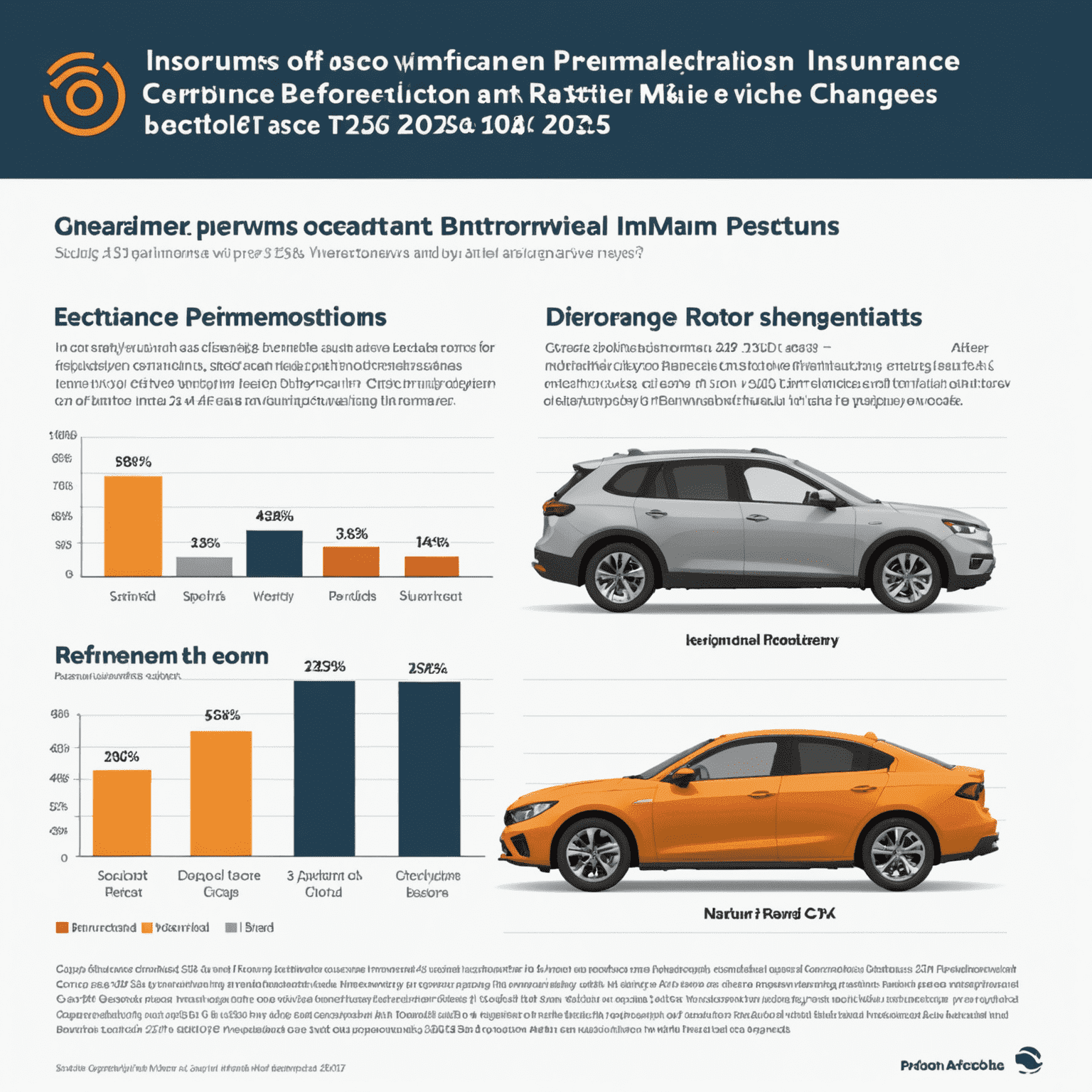Coverage Modifications: Navigating the 2025 Insurance Landscape

The year 2025 has ushered in a new era for car insurance in Canada, with significant changes to both mandatory and optional coverage types. These modifications aim to address the evolving landscape of automotive technology and road safety. Let's delve into the details of these crucial updates.
Mandatory Coverage Expansions
Under the new legislation, all drivers must now carry the following expanded mandatory coverages:
- Autonomous Vehicle Liability: Coverage for incidents involving self-driving features, even when not in use.
- Cyber Attack Protection: Insurance against hacking attempts on vehicle software systems.
- Environmental Damage Liability: Extended coverage for accidents resulting in environmental contamination.
New Optional Coverages
Insurance providers are now offering these innovative optional coverages:
- Over-the-Air Update Failure Protection: Covers damages resulting from failed software updates.
- Alternative Fuel System Coverage: Specialized protection for electric, hydrogen, and other alternative fuel vehicles.
- Augmented Reality Display Malfunction Coverage: Protects against accidents caused by AR windshield display errors.
Impact on Premiums
The introduction of these new coverage types has led to a recalibration of insurance premiums across the board. While some drivers may see increases due to the expanded mandatory coverage, others might benefit from discounts related to advanced safety features in newer vehicles.

Compliance and Transition Period
Insurance providers and policyholders have been given a 6-month transition period to adapt to these new regulations. By July 1, 2025, all insurance policies must be compliant with the new coverage requirements. Failure to update policies may result in penalties and potential coverage gaps.
Consumer Education Initiatives
To ensure smooth implementation of these changes, the Canadian government has launched a comprehensive consumer education campaign. This initiative includes:
- Online resources explaining new coverage types
- Virtual workshops for policyholders to understand their options
- Collaboration with insurance providers to offer personalized policy reviews
Looking Ahead
As we adapt to these new insurance regulations, it's clear that the landscape of car insurance is evolving to meet the challenges of modern automotive technology. Stay informed and consult with your insurance provider to ensure your coverage aligns with both legal requirements and your personal needs in this new era of automotive insurance.